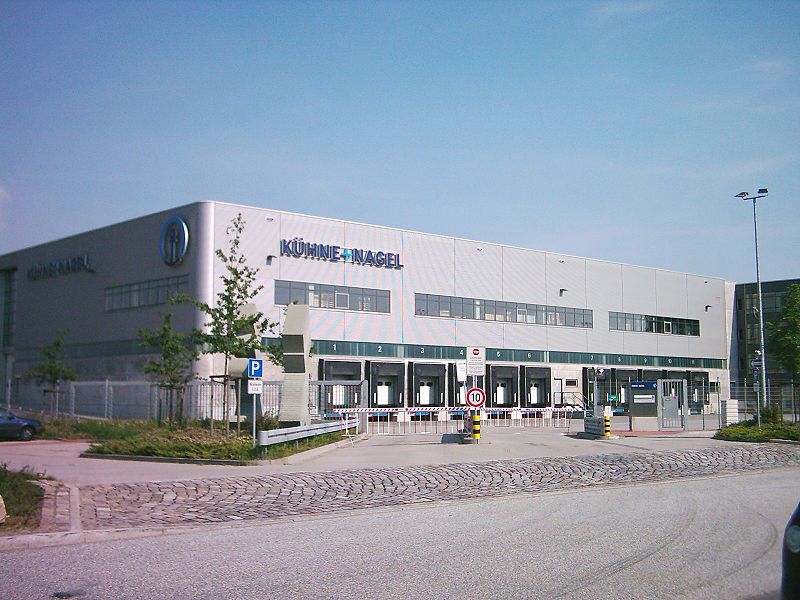
One of the hotly discussed topics in logistics management is supply chain visibility. In a nutshell, you have a visible supply chain if your supply chain processes are measured and controlled on a fairly detailed level — often up to the level of the individual item. The big impetus for supply chain visibility has come from the advent of third party logistics or 3PL — the outsourcing of parts of the logistics process to specialised contractors, in an effort to gain economies of scale as well as economies of specialisation[1]. Outsourcing is basically an external version of delegation, and as any management textbook will tell you, there can be no delegation without verification; hence the need of a more visible supply chain. Good examples of extremely visible parts of logistics chains are the track-and-trace systems that are offered by most couriers.
An offshoot of supply chain visibility, supply chain transparence, has also gained a lot of traction over the last couple of years. Unlike supply chain visibility, which concentrates on supplying information to those using the supply chain, supply chain transparency concentrates on the ultimate buyer of the products supplied. A good example here is Icebreaker’s baacode, which gives customers an idea about the origins of their woollen undies and what happened to them during the production process.
I think both visibility and transparence will gain in importance in health and aid. Like I wrote before, any medical supply chain needs at least a modicum of visibility to be able to react effectively and efficiently to e.g. recalls; and transparence will undoubtedly become more important as we move towards more accountability to our customers, i.e. the populations we try to aid, our donors, and the general public.
However, there is more to this: I think we will also move more and more to 3PL (stay tuned to read about the whys and wherefores); and like the corporate sector, we will need more and more visibility in able to do so while still keep control of our supply chains. Whether we like it or not, we will need to invest more in systems[2] that make supply chain visibility possible; and as these systems take time to design and implement, we need to invest now.
We should be able to learn from systems that are being used in the corporate world. However, it will probably not be possible to use solutions from a corporate setting unaltered in (health) aid settings. Issues like insecurity, lack of instant telecommunications, etcetera, will mean that adaptations are necessary. This is why the Fritz Institute’s Helios system is such a great step forward: it offers the base for humanitarian supply chain visibility, packaged in a way that is suitable for many aid organisations. This is not to say it is without its problems; it isn’t, and it some organisations will find it more useful than others (e.g., it is tailored towards humanitarian aid, and might not be particularly suitable for developmental organisations), it is as yet incomplete in some aspects — but it is a step in the right direction.
 Time for a mea culpa. Some years ago, I was asked to advise on the choice for logistics management software for a large aid organisation. At that time, I advised against Helios (or the HLS as it was known back then) because I thought that its foreseen development trajectory was unfounded and too optimistic. I think I had good reasons for that recommendation, but I was also very wrong: Helios has been developed into something that is a model for supply chain visibility in aid.
Time for a mea culpa. Some years ago, I was asked to advise on the choice for logistics management software for a large aid organisation. At that time, I advised against Helios (or the HLS as it was known back then) because I thought that its foreseen development trajectory was unfounded and too optimistic. I think I had good reasons for that recommendation, but I was also very wrong: Helios has been developed into something that is a model for supply chain visibility in aid.
Is your organisation thinking about supply chain visibility? Perhaps you are already implementing solutions? Share your best practices (and your mistakes — we can learn from those as well!) here.
(Images by James Gordon and Leo Reynolds.)
Footnote
[1] This will definitely be the subject of a future posting.
[2] No, systems are not just computer systems. When I write about a system, I refer to a coordinated whole of human resources, material resources, and procedures[3, 4], aiming towards a common goal. Cf. e.g. “the humanitarian system”, “the supply system”, etcetera.
[3] And yes, a computer program is no more than a fancy procedure, a.k.a. an algorithm.
[4] Don’t you hate footnotes in footnotes?
{












